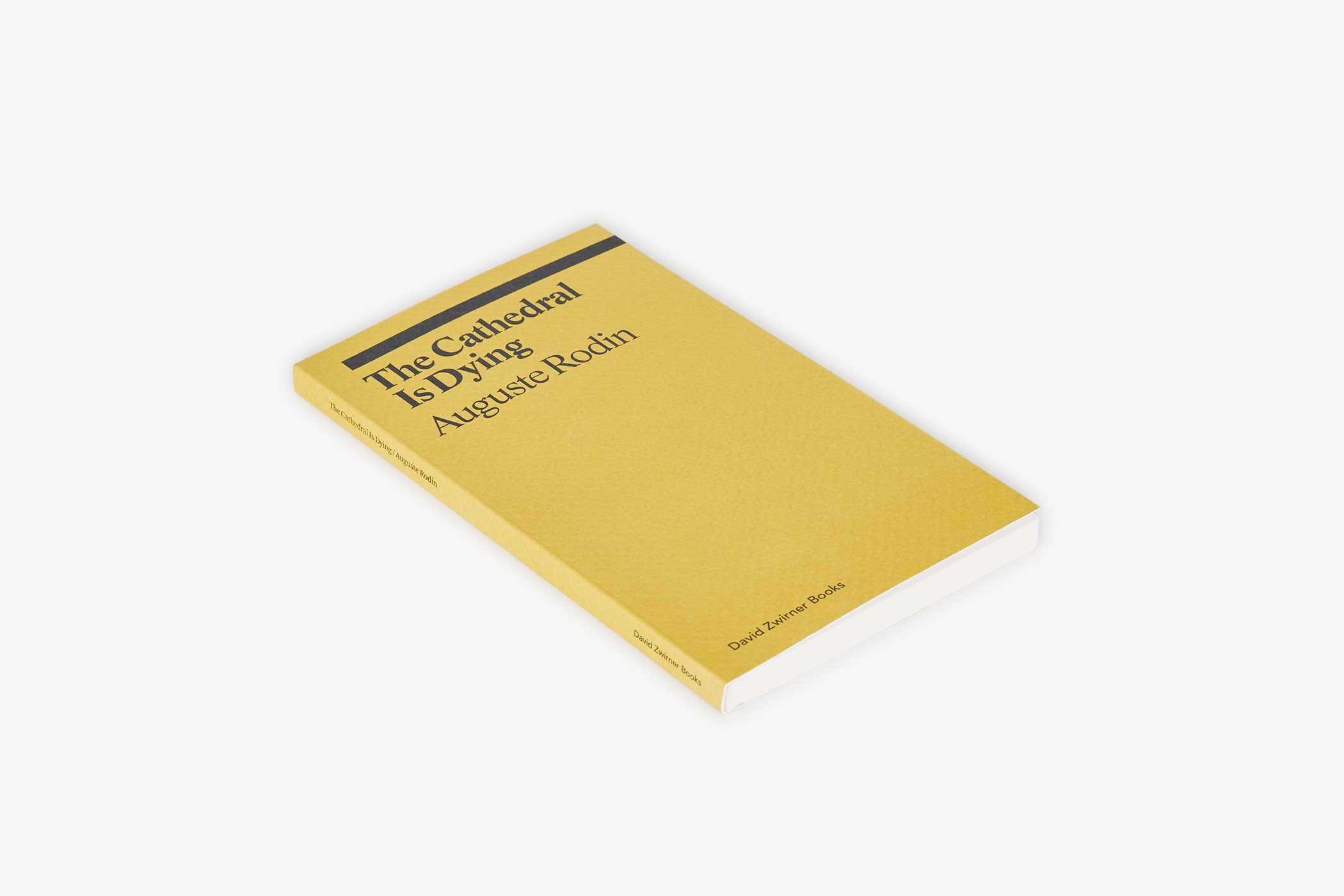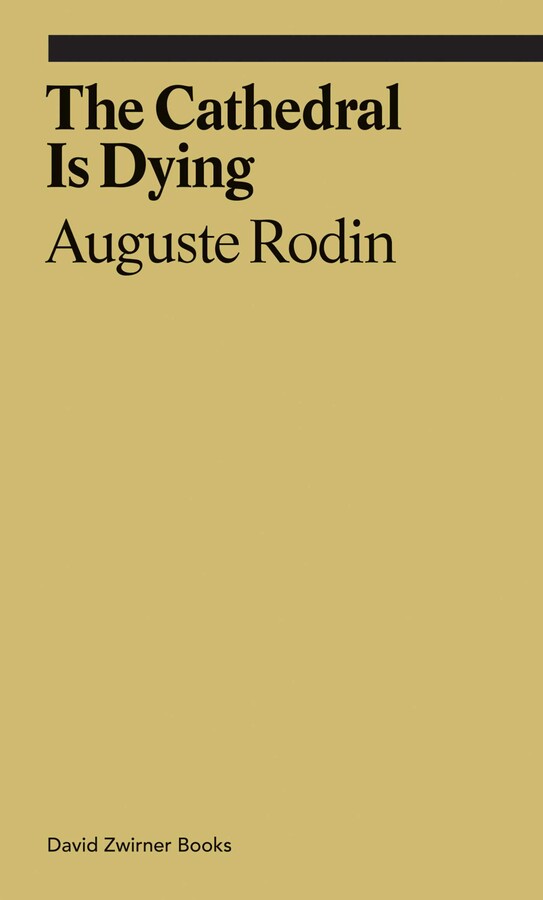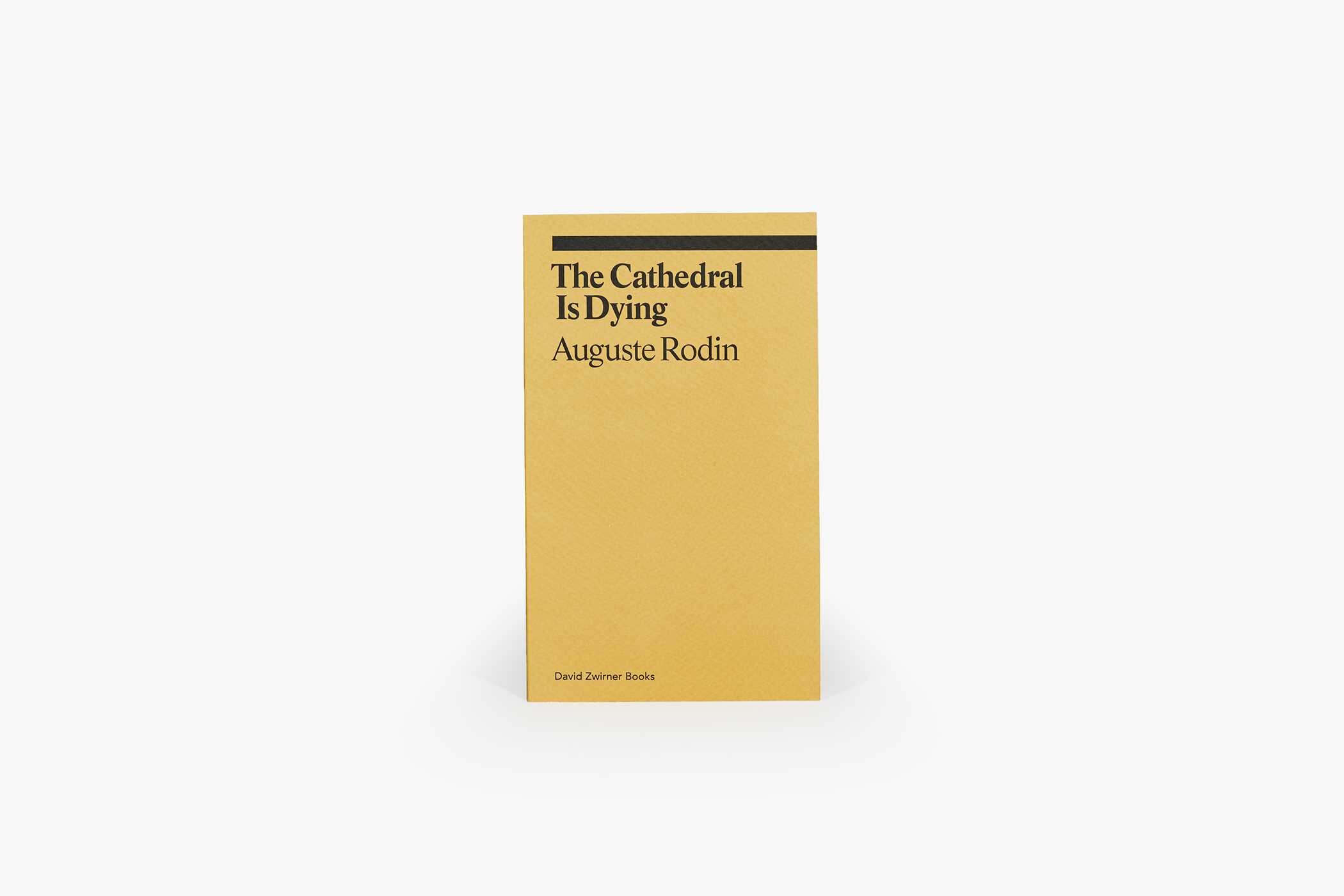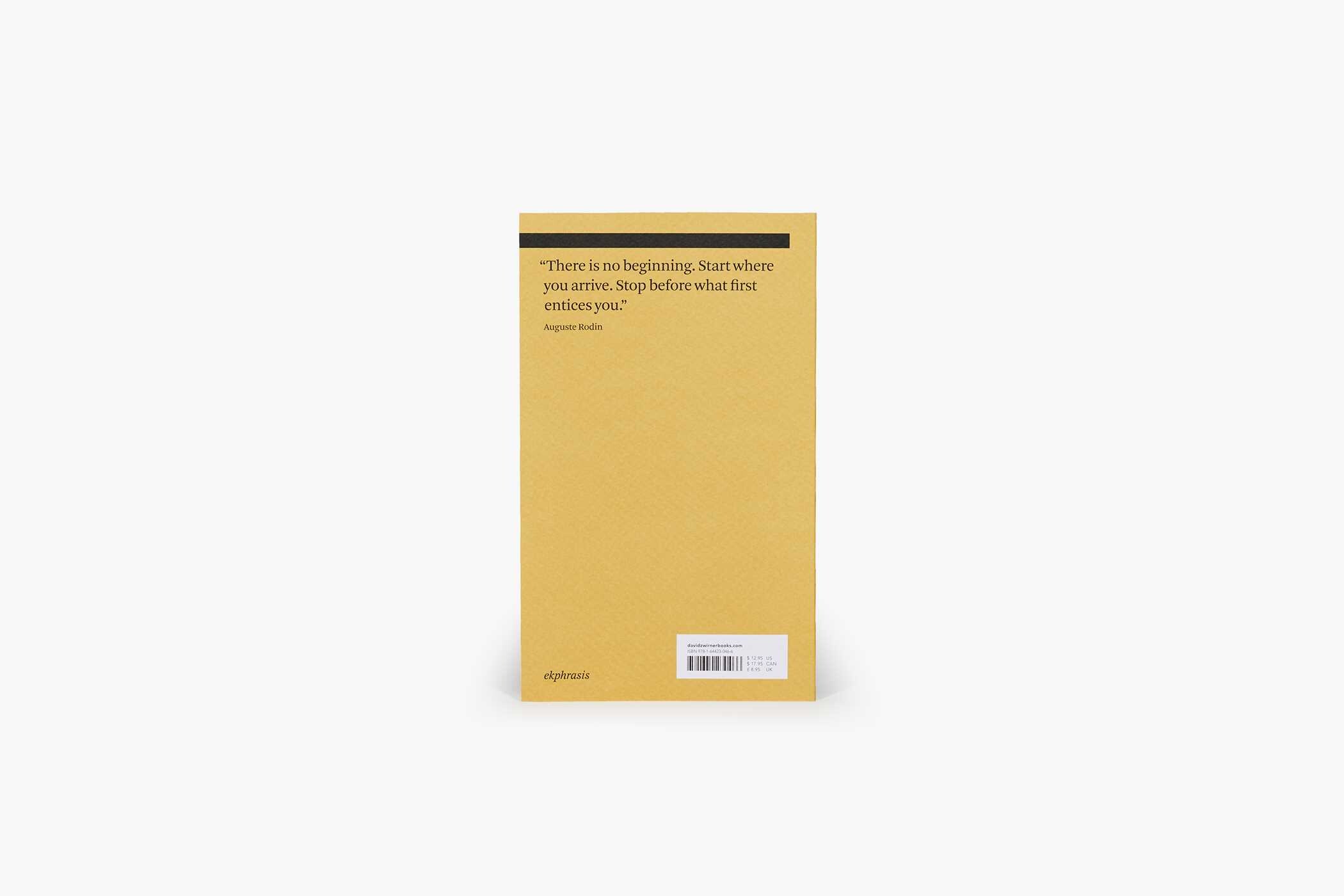譯者:王鴻仁Naked Came I: A Novel of Rodin By David Weiss. The Cathedral Is Dying By Auguste Rodin Contributions by Rachel Corbett
《羅丹傳》│譯者:王鴻仁│楓城出版社 1976
《羅丹傳》│譯者:王鴻仁│楓城出版社. 平裝本:324頁. 出版日期:民國69年9月再版.
《羅丹傳》│譯者:王鴻仁│楓城出版社 1976
《羅丹傳》│譯者:王鴻仁│楓城出版社. 平裝本:324頁. 出版日期:民國69年9月再版.
This book was published in 1963, is 624 pages long, and was selected for reading by a member of my art book club.
王鴻仁譯。諾貝爾文學獎秘史。台北:洪建全教育文化基金會,1977
希臘左巴卡山扎契斯著王鴻仁譯
作者: 桑德(Dr. R. B. Sund),卡林(A. Carin)著 , 王鴻仁譯. : 1991.
Trained as a theologian. David thinks about God… all the time. Whether as a father or grandfather, college instructor or Sunday School teacher, poet or writer, he seeks to imagine God in ways that are helpful and hopeful. In this book he brings insights from seminary and graduate school into a story that is deceptively simple and simply profound.
Other books by David WeissItems 1 to 5 of 19

Sacred and Profane: A Novel of the Life and Times of Mozart
David Weiss
4.37
268

When God Was a Little Girl
David Weiss
4.49
67
I, Rembrandt: A Novel
David Weiss
3.72
54

خاکی و آسمانی: سرگذشت آمادئوس موزار جلد ٢
David Weiss
3.87
52

Holocaust Underground
David Weiss
3.79
33
+++++
此書有中譯
About The Book
Master sculptor Auguste Rodin’s illuminating writings on cathedrals in France are especially relevant and significant following the recent fire at Notre Dame.
In this volume, the writer and Rodin scholar Rachel Corbett selects excerpts from the famous sculptor’s book Cathedrals of France, first published in 1914, just before the outbreak of World War I. Cathedrals were central to the way Rodin thought about his art: he saw them as visual metaphors for the human figure, among the finest examples of craftsmanship known to modern man, and as a model for how to live and work—slowly, brick by brick.
Here, Corbett takes the fire at Notre Dame and the concerns over its restoration as an entry point in an exploration of Rodin's cathedrals. Rodin adamantly opposed restoration, as he felt it often did more damage than the original injury. (Many of the cathedrals that Rodin looks at in his texts were, in fact, bombed during the war.) But while he rails against various restoration efforts as evidence that “we are letting our cathedrals die,” the book, with its tenderly rendered sketches and written portraits, is itself an attempt to preserve these cathedrals. The selection of texts in this volume is a reminder—as is the tragedy of Notre Dame—of why we ought to appreciate these feats of architecture, whether or not they are still standing today.
In this volume, the writer and Rodin scholar Rachel Corbett selects excerpts from the famous sculptor’s book Cathedrals of France, first published in 1914, just before the outbreak of World War I. Cathedrals were central to the way Rodin thought about his art: he saw them as visual metaphors for the human figure, among the finest examples of craftsmanship known to modern man, and as a model for how to live and work—slowly, brick by brick.
Here, Corbett takes the fire at Notre Dame and the concerns over its restoration as an entry point in an exploration of Rodin's cathedrals. Rodin adamantly opposed restoration, as he felt it often did more damage than the original injury. (Many of the cathedrals that Rodin looks at in his texts were, in fact, bombed during the war.) But while he rails against various restoration efforts as evidence that “we are letting our cathedrals die,” the book, with its tenderly rendered sketches and written portraits, is itself an attempt to preserve these cathedrals. The selection of texts in this volume is a reminder—as is the tragedy of Notre Dame—of why we ought to appreciate these feats of architecture, whether or not they are still standing today.







沒有留言:
張貼留言